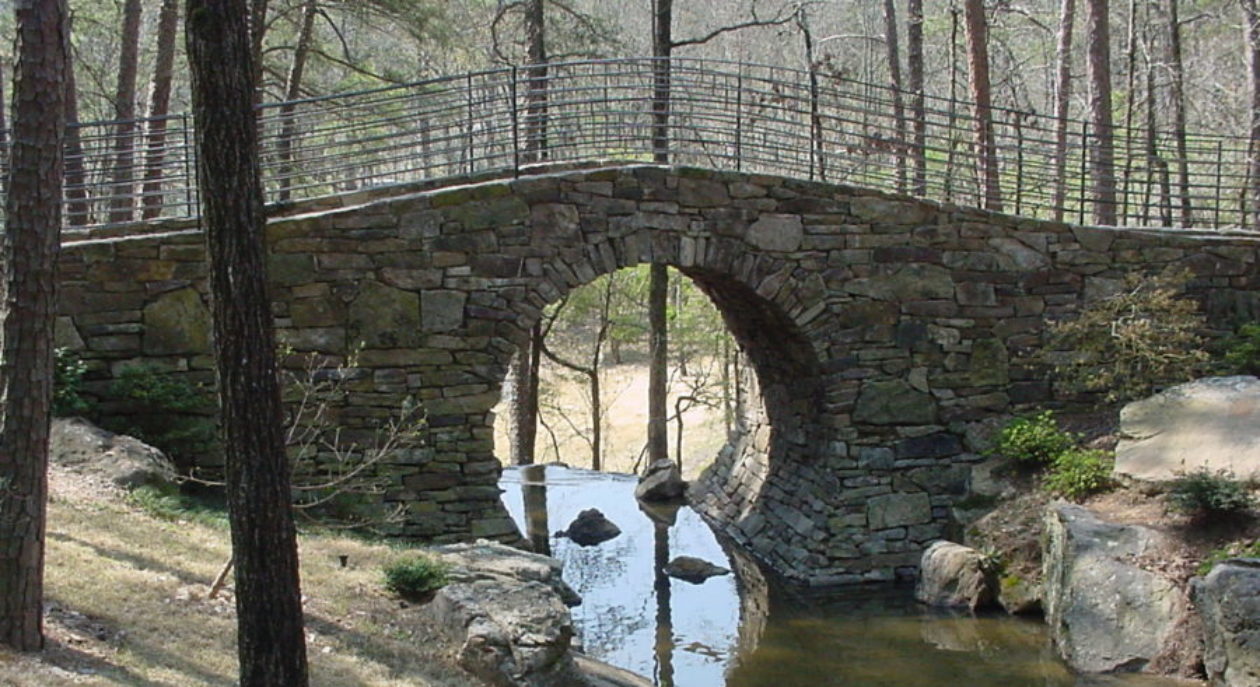The painting above is by R. S. Perry, Little Rock artist and song writer. Please visit her website cronesinger.com.
Note: Please read Neo-Romantic Post #6 before reading Post #7. The term modernist is more fully defined there. Modernists are primarily atonalists and serialists.
Walter Simmons, in his book Voices in the Wilderness, “challenges the modernist interpretation of musical history, along with many of the assumptions on which it is predicated. For example, we reject the view that the fundamental significance of tonality is its function as a macrostructural organizing principle.”1 Mr. Simmons also rejects “the assumption that the evolution of the tonal system proceeded according to a linear progression that led inevitably to the dissolution of tonality altogether.”2 More broadly, he rejects “the view that music is fruitfully studied as any sort of linear progression, with some hypothetical goal toward which all contenders are racing, the prize going to the one who gets there first.”3 He further asserts “that the most interesting composers are those whose music reveals the most rewarding perspectives, and does so through the means that convey them most effectively and convincingly…that the compositional languages adopted by the traditionalists of the 20th century allowed for a richer, subtler, more varied range of musical expression than ever before in history. That is, the renunciation of tonality as a fundamental structural principle—without it being replaced by an arbitrary system like serialism—freed tonality to function within itself as an expressive parameter of the greatest nuance, in conjunction with other parameters like melody, rhythm, tone color, and so on.”4
A careful study of 20th century American traditionalists reveals “that the most distinguished traditionalist composers created substantial bodies of work notable for their richness, variety, accessibility, and expressive power; that their music revealed distinctive individual features, recognizable stylistic traits, consistent themes and attitudes, as did the acknowledged masterpieces of the past.”5 These comments help immensely in clarifying our understanding of Neo-Romanticism as a subset of Traditionalism, but Simmons goes into even more detail when he delineates American Neo-Romanticism itself. That summary will follow in our Neo-Romantic Blog #8.


